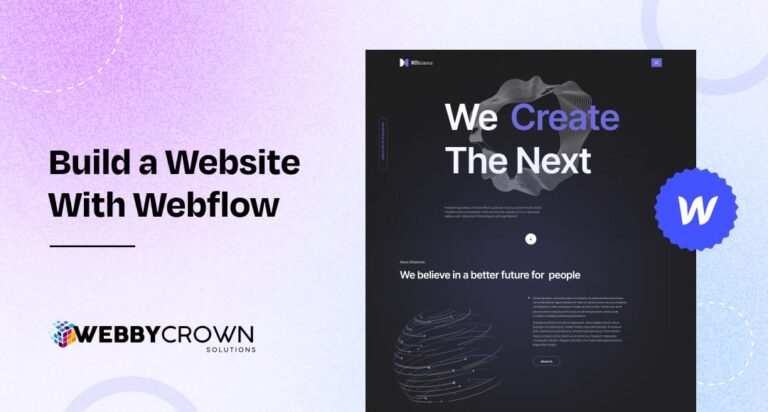Next-Level Editing: AI’s Influence on Video Post-Production
Over the years, advancements in artificial intelligence (AI) have greatly improved video post-production. With the increasing sophistication of AI algorithms, video editing has become more efficient and accessible to a range of video creators. In this article, we will delve into how AI is transforming the landscape of video editing.
Simplifying Workflows through Task Automation:
AI-powered tools have significantly streamlined the video editing process by automating several aspects of it. Using an AI video editor online, tasks such as logging footage, organizing clips, and transcribing dialogue can now be completed in a fraction of the time it previously took to do manually. For example, intelligent tagging algorithms can analyze video content and identify subjects or objects in each frame. This reduces the time editors spend sorting through footage and allows them to focus more on making decisions that are truly impactful.
Boosting Efficiency with Automated Editing Methods:
Another exciting application of AI is its use in automated editing techniques that improve efficiency during post-production. For instance, by utilizing machine learning algorithms, certain tools can determine shot sequences based on cues and storytelling principles. This is particularly useful when dealing with a large volume of video footage or creating fast-paced montages where timing plays a crucial role in maximizing the impact. Software powered by AI can sift through shots and present curated options to editors, offering insights into their potential effectiveness.
Preserving Visual Continuity with Smart Image Analysis:
Maintaining coherence and smooth transitions between cuts often poses a challenge for video editors. Factors like lighting conditions, scene composition, and color grading consistency must be carefully considered to achieve this. AI tools come to the rescue by utilizing smart image analysis techniques to automatically adjust and enhance clips. By analyzing elements such as brightness, colors, contrast, and saturation across clips, AI algorithms ensure a consistent style and eliminate any distractions that may disrupt the viewer’s experience.
Real-time Collaboration and Feedback Integration:
Furthermore, AI-powered editing platforms have transformed collaboration among video creators by providing cloud-based systems that enable real-time communication and feedback integration. This allows teams to work together regardless of their locations. These platforms facilitate interactions between editors, directors, and other team members by enabling them to provide comments and suggestions on the video timeline. This leads to easier communication, quicker decision-making, and better outcomes.
Unlocking Creativity with AI-Driven Tools:
AI’s impact extends far beyond simply automating tasks. It also provides tools that open up new creative possibilities for video editing. For instance, there are AI-powered plugins that can replicate cinematic styles or adjust videos to mirror the visual styles of renowned filmmakers. Moreover, certain AI algorithms can intelligently analyze data to create synchronized soundtracks or apply audio enhancement techniques. These tools enable editors to explore concepts in dynamic ways while enhancing the professional quality of their videos without extensive manual work.
Enhancing Efficiency and Accuracy with AI-Powered Color Grading:
Color grading plays a role in video post-production by setting the tone and improving the appeal of the footage. AI-driven color grading tools have greatly enhanced efficiency and accuracy in this process. By utilizing machine learning algorithms, these tools can assess the colors within a scene and recommend adjustments to achieve desired aesthetics or produce specific looks. This automated approach not only saves time but also ensures uniformity in grading across multiple clips, resulting in a refined and polished final product.
Personalizing the Viewing Experience with AI-Driven Content Recommendation:
A major advancement in post-production involves using AI to personalize the viewing experience for viewers. With AI-driven content recommendation systems, creators can provide tailored video suggestions based on each viewer’s preferences and interests. These systems examine a range of user data, like viewing habits, interactions, and demographic details, to create customized recommendations. By utilizing this technology, video creators can better engage their audience by offering content that aligns with their tastes – ultimately resulting in increased viewer satisfaction and retention rates.
Conclusion
As artificial intelligence continues to progress, we see how it revolutionizes various aspects of video post-production. From simplifying processes with automation to improving efficiency through editing techniques – AI is reshaping the journey for both new and seasoned video editors alike. Moreover, by ensuring consistency, enabling real-time collaboration and feedback incorporation, and opening up new possibilities for artistic expression, video editing has reached a new pinnacle with AI-driven tools. Embracing these advancements not only saves time but also empowers content creators to refine their creative vision with unprecedented precision. In this era of AI-driven technology, the horizon appears bright for the field of video editing. It is constantly challenging limits, raising the bar for industry norms, and sparking new avenues for exploration.

